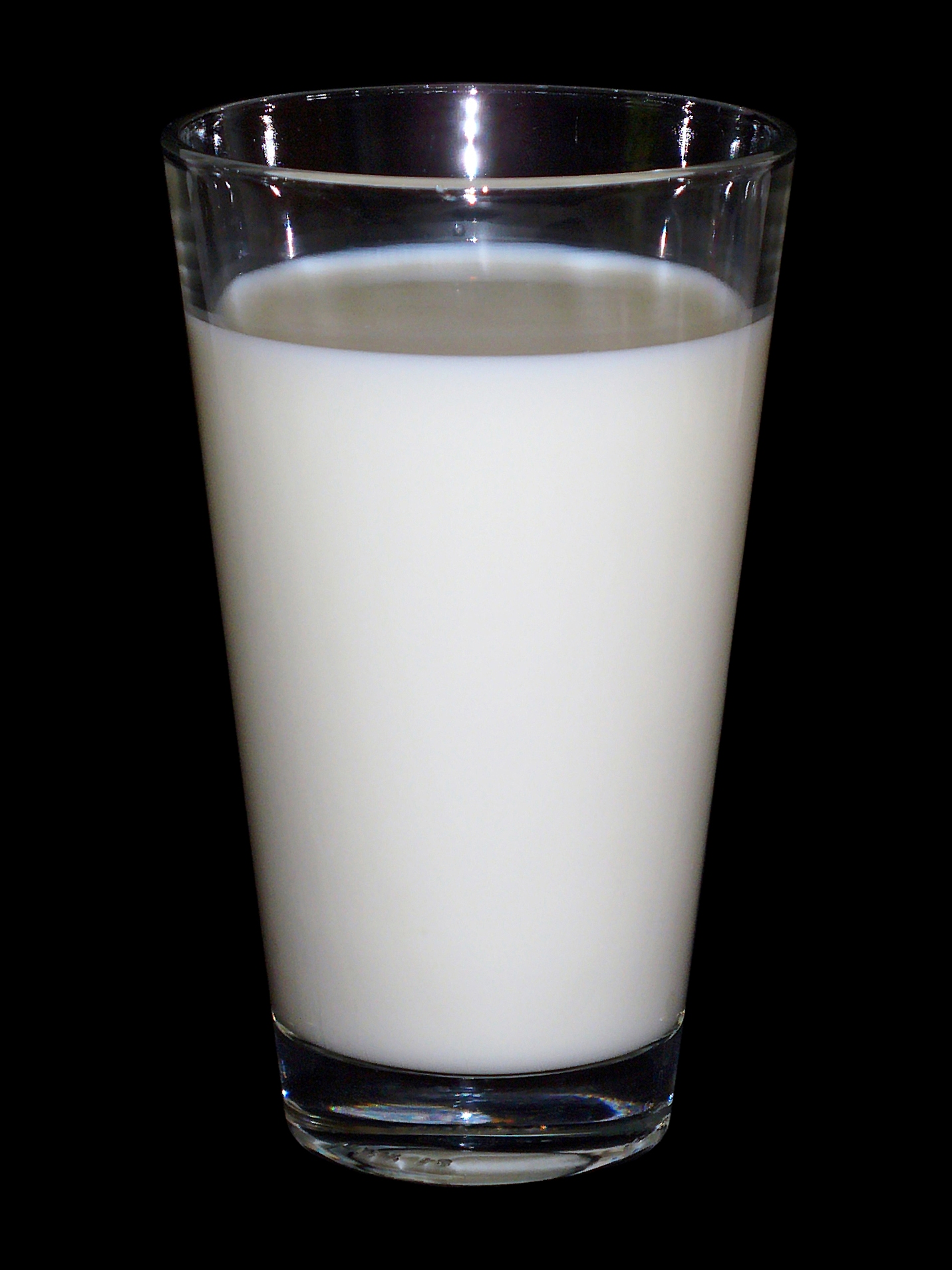
Milk has been praised and vilified. Vegans eschew it. Babies thrive on it. Adults who are lactose-intolerant learn to avoid it. Maasai men thrive on a diet of mainly milk, meat, and blood. The recommended intake of milk, cheese, yogurt, and other dairy products in the US is 3 servings, to meet calcium requirements and reduce the risk of bone fractures; but the average adult only gets 1.6 servings. In the China Study, T. Colin Campbell recommended avoiding all meat and dairy products. He claims that the casein in milk is harmful, extrapolating from animal studies to demonstrate that casein causes cancer. The evidence is clearly mixed enough that different people have reached different conclusions. What does the science actually show?
I usually try to review the pertinent scientific evidence and draw my own conclusions, but this time I didn’t have to. In an excellent review article in The New England Journal of Medicine, two medical doctors/scientists from Harvard (Walter Willett MD, DPH and David Ludwig MD, PhD) have done all the heavy lifting for me. There were some surprises.
They point out the health implications of the way milk is processed. Cows have been bred to produce more insulin-like growth factor, and there are increased levels of hormones in their milk. Products are usually pasteurized and may be fermented, fractionated, and supplemented with vitamins A and D.
They provide a handy table of the nutrient composition of human and cow’s milk and cheese.

Did you think babies need milk? They don’t. They can get adequate nutrition for growth and development without it, as long as there is careful attention to diet and vitamin intake. We do know that milk consumption increases their attained height, and tall stature is associated with lower risk of cardiovascular disease; but it is also associated with many cancers, hip fractures, and pulmonary emboli.
Calcium and risk of bone fracture
I was surprised to learn that the US recommendations for milk consumption were based on small, flawed studies of calcium balance. Other countries recommend lower levels of calcium intake. The US recommends 1000-1200 mg for adults, the UK 700 mg, and the World Health Organization, 500 mg. Counterintuitively, countries with high milk and calcium intake actually have the highest rates of hip fracture. Clinical trials of calcium for fracture prevention are complicated, because of confounding factors like vitamin D, phosphorous, and adult height. High calcium intake during childhood and adolescence was thought to serve as a way to “bank” calcium, but studies have not supported that hypothesis. In fact, men’s risk of hip fracture increased by 9% for every additional glass of milk consumed during adolescence.
Body weight and obesity
After numerous randomized trials, no correlation has been found between milk consumption and body weight. Yogurt consumption was associated with less weight gain, but that finding could be confounded by the healthier lifestyle of those who eat yogurt. One surprise: drinking low-fat milk was associated with higher weight gain than drinking full-fat or 2% milk.
Cardiovascular effects
Randomized trials of low-fat milk have shown inconsistent results with regard to blood pressure. Neither low-fat nor whole milk has been clearly associated with the risk of coronary heart disease or strokes. The risk depends on the comparison foods. The risk is lower than with red meats but higher than with fish. Dairy fat increased cardiovascular risk more than polyunsaturated or vegetable fat.
Diabetes
Could cow’s milk cause Type 1 diabetes? Studies of antibody production have not confirmed that hypothesis. Some studies have shown a modestly lower risk of Type 2 diabetes with consumption of dairy products. In one analysis, “the risk of diabetes was lower with milk consumption than with consumption of sugar-sweetened beverages or fruit juices but higher with milk consumption than with coffee consumption.” The relationship of milk to risk of diabetes remains uncertain.
Cancer
Milk consumption may increase the risk of some cancers (prostate but not breast) but appears to reduce the risk of colorectal cancers. Studies are difficult to interpret because they are usually done in adults, whereas many cancer risk factors operate earlier in life. In one study, milk intake by adolescents had no effect on future risk of cancer. Campbell’s simplistic assertion that milk causes cancer was almost certainly wrong.
Allergies and intolerance
4% of infants are allergic to cow’s milk, and scattered reports suggest milk consumption may predispose to allergic disease and eczema. In adults, milk may exacerbate asthma. And lactose intolerance limits milk consumption worldwide.
Total mortality
In a recent meta-analysis of 29 cohort studies, milk was not associated with higher total mortality. But when protein sources were compared, dairy foods were associated with lower mortality than processed red meat and eggs, but with higher mortality than plant-based sources of protein.
Organic and grass-fed production
Because of grass feeding, organic milk may have slightly higher levels of beta carotene and n-3 polyunsaturated fatty acids, but “No long-term studies have compared milk from cows treated with somatotropin and untreated cows with respect to health outcomes in humans.”
Environmental effects
The authors point out that there is more to consider than just the health effects. Limiting milk production could conceivably reduce greenhouse gases and climate change, improve water use and reduce pollution, and reduce the risk of antibiotic resistance.
Conclusion: No simple answers
As with so many things in medicine, the health effects of milk are not simple. Much depends on what else the person is eating. And much of what we have believed about milk turns out to be wrong. Milk doesn’t “build strong bones” but may actually increase the risk of fracture. There’s no evidence that reduced-fat milk has any health advantages over whole milk. This excellent review article, bolstered by 121 references, helps set the record straight. Science can’t dictate what we should eat; but it can dispel myths, correct misinformation, and give us the evidence we need to make informed choices.

